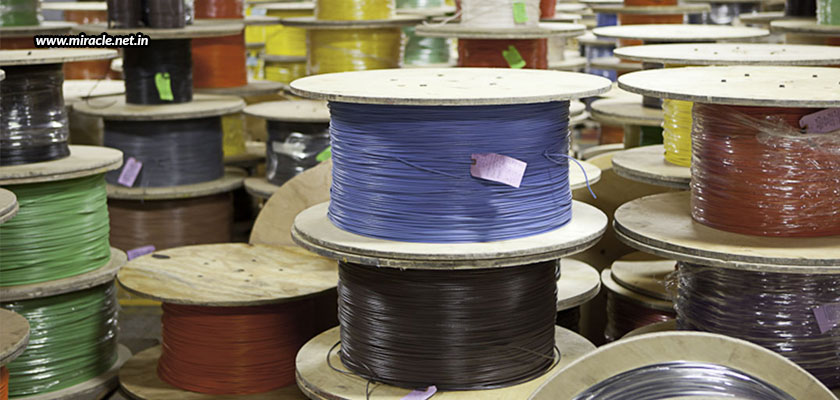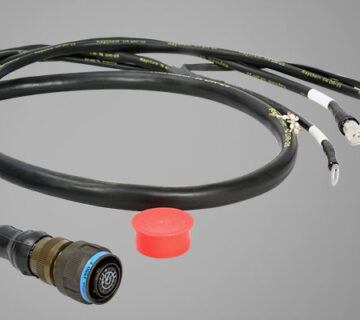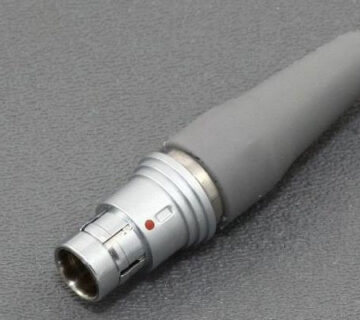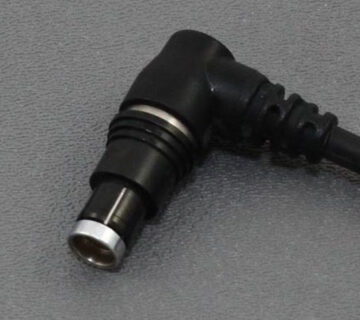Automotive wiring are of various types. Each application requires a different kind of wire. Thus, it is important for you to identify which wire you require for your particular application. The three basic kinds of automotive wiring are GXL, SXL, and TXL, each designed to serve a different purpose. In this blog, we will let you know what each type is in detail, as it is important that you understand the purposes and differences so that you know which wire you need. This is because one wrong wire can lead to errors, failures, ineffective performance, or downtime, each leading to additional expenses.
Although the above mentioned wires are designed differently to serve different purposes, they all have a few features in common. For example, each wire has its primary conductor made of bare copper, which adds to the flexibility of the wire. All these wires are designed using insulation made from cross-linked polyethylene. The voltage rating of all the wires is 50V, and their temperature resistance is high to resist temperatures between -51°C and 125°C. Apart from these features, all three kinds of wires have distinct properties, like those mentioned below.
GXL – These wires can be easily installed with the most standard wire connectors within an engine, making them the most popular wires used in automobiles. These are thin-walled wires with small diameters, making them ideal for installation in small engines, or application areas with less space. These wires have an insulation thickness range of 0.023 to 0.037 inches.
SXL – These wires are comparatively thicker, with an insulation thickness ranging between 0.029 and 0.043 inches. They are resistant to various types of elements like moisture, oil, contaminants, solvents, grease, and gasoline. This is why these wires are the most ideal materials for applications that require additional protection in case of mechanical damage.
TXL – These are lightweight wires with extremely thin diameters. But, in apite of this, they are extremely durable and strong. They are also the most cost-effective out of all the three types of wires. They have an insulation thickness that ranges from 0.016 to 0.026 inches. All of these characteristics make these wires ideal for electronic equipment installed within automobiles.
Now that you know the difference between these wires and each wire’s unique characteristics, you are in a better position to decide which wire you require for your application. And, to help you get the best quality automotive wires and cables, you can get in touch with Miracle Electronics, the leading wire and cable assembly manufacturers in Germany, no matter what kind of automotive application it is – cars, trucks, buses, boats, defense vehicles, airplanes, space crafts, or anything else. Let us know your requirements, applications, and specifications, and we will let you know the best possible wires required for your application, while also providing you with the same. You can also have your wires customized specifically for your application with us, as we have all the skills, resources, and expertise for it.




